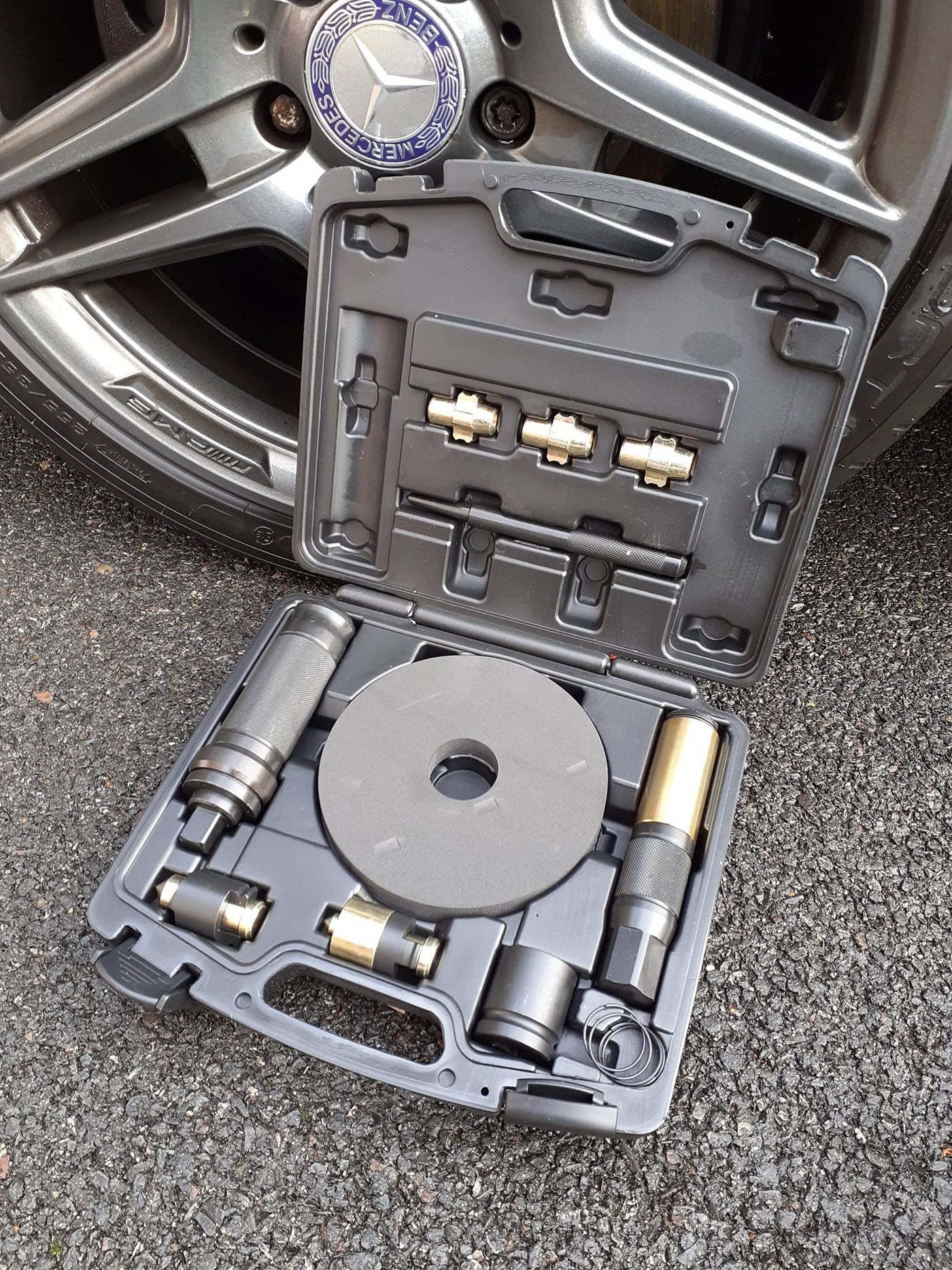Introduction: Wheel nut removers might seem like humble tools in the automotive world, but they play a crucial role in maintaining and repairing vehicles. Whether you’re a seasoned mechanic or a DIY enthusiast, having the right wheel nut remover can make all the difference between a smooth operation and a frustrating ordeal. In this locking wheel nut remover comprehensive guide, we’ll delve into the intricacies of wheel nut removers, exploring their types, functionalities, and best practices for optimal usage. 
Understanding Wheel Nut Removers: Wheel nut removers are specialized tools designed to loosen and remove stubborn lug nuts or wheel bolts that secure a vehicle’s wheels to the hub. These nuts can become tightly seized due to factors like corrosion, over-tightening, or extended exposure to harsh environmental conditions. Traditional methods like manual wrenches or impact wrenches may struggle to budge these stubborn nuts, necessitating the use of dedicated nut removers.
Types of Wheel Nut Removers:
- Impact Wrench Sockets: These are heavy-duty sockets designed to work with impact wrenches, delivering high torque to loosen tightly seized nuts swiftly.
- Twist Socket Sets: Twist sockets feature a spiral design that grips onto the rounded-off edges of nuts, providing a secure grip for removal.
- Locking Lug Nut Removers: Specifically engineered to remove locking lug nuts, these tools feature a unique pattern or design that matches the corresponding lug nut.
- Manual Nut Splitters: Manual nut splitters utilize hydraulic or mechanical force to split the nut, allowing for easier removal without damaging the surrounding components.
- Bolt Extractors: Bolt extractors are designed to grip onto stripped or damaged bolt heads, enabling their removal with minimal fuss.
Factors to Consider When Choosing a Wheel Nut Remover:
- Compatibility: Ensure that the remover is compatible with the size and type of lug nuts or bolts used on your vehicle.
- Build Quality: Opt for removers made from durable materials like hardened steel to withstand high torque loads without breaking or deforming.
- Ease of Use: Look for ergonomic designs that facilitate easy handling and operation, especially for prolonged use.
- Versatility: Choose a remover that can handle a variety of nut sizes and types to cater to different vehicles and applications.
- Safety Features: Prioritize removers with safety features such as non-slip grips or protective coatings to prevent accidental slippage or damage to surrounding components.
Best Practices for Wheel Nut Removal:
- Inspect Before Use: Check the condition of the remover and ensure it’s in good working order before attempting to use it.
- Apply Lubrication: Apply penetrating oil or lubricants to the nuts/bolts before using the remover to help loosen them and reduce friction.
- Follow Instructions: Adhere to the manufacturer’s instructions regarding proper usage and safety precautions to prevent accidents or damage.
- Use Correct Technique: Apply steady, controlled force when using the remover to avoid overtightening or damaging the nut/bolt or surrounding components.
- Inspect Threads: After removal, inspect the threads of the nuts/bolts and the remover for any damage and replace if necessary to ensure proper functionality in the future.
Conclusion: Wheel nut removers are indispensable tools for anyone involved in automotive maintenance and repair tasks. By understanding the different types, factors to consider, and best practices for usage, you can ensure efficient and safe removal of stubborn lug nuts and bolts, saving time and effort while minimizing the risk of damage to your vehicle. Whether you’re tackling a routine tire change or addressing more complex repair issues, having the right wheel nut remover at your disposal can make all the difference in achieving successful outcomes.